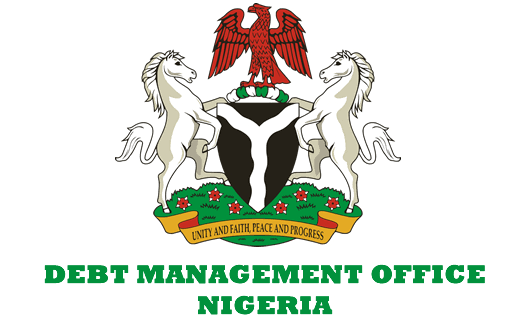Imo, Jigawa Lead as 29 States Cut Domestic Debts in Q2 2025

At least 29 Nigerian states recorded reductions in their domestic debts in the second quarter of 2025, according to new fiscal data showing a broad effort among subnational governments to improve financial discipline and reduce debt burdens.
Imo State led the list with a significant 24.6% decline in its domestic debt stock, followed closely by Jigawa State, which recorded a 24.4% reduction during the period under review.
Other top-performing states include Ogun (-16.7%), Katsina (-15.2%), Borno (-12.6%), and Plateau (-12.1%). States such as Akwa Ibom (-11.7%), Bayelsa (-11.4%), Ondo (-10.5%), and Gombe (-8.8%) also made notable progress in cutting back their internal borrowing.
Mid-range reductions were recorded in Kogi (-8.5%), Ebonyi (-8.5%), Sokoto (-6.1%), Kwara (-4.9%), Oyo (-4.4%), Enugu (-4.4%), and Adamawa (-4.4%). Others, including Yobe (-4.2%), Kaduna (-3.8%), Nasarawa (-3.3%), Ekiti (-2.9%), and Edo (-2.6%), also showed moderate declines.
The states with smaller reductions include Kano (-2.5%), Niger (-1.6%), Zamfara (-1.5%), Osun (-1.2%), Kebbi (-0.8%), Anambra (-0.5%), and Abia (-0.2%).
However, Rivers and Delta states recorded little to no change in their domestic debt profiles during the same period, indicating relative stability or minimal adjustments to their internal borrowing levels.
The report reflects ongoing efforts by many state governments to curb debt accumulation and strengthen fiscal sustainability amid broader national economic reforms aimed at reducing Nigeria’s total public debt burden.
These widespread reductions suggest a combination of strategies, potentially including aggressive efforts to boost Internally Generated Revenue (IGR) and effective utilization of increased statutory allocations or debt service deduction reviews. For states like Imo and Jigawa, such drastic cuts may also point to successful debt restructuring or significant one-off settlements. While the majority of states are reducing their liabilities, the contrasting positions of states like Rivers and Delta, which maintained stable debt profiles, is notable. It indicates either a more conservative and already managed borrowing approach, or possibly an ongoing commitment to essential capital projects that necessitate maintaining current debt levels. This differentiation highlights the varied fiscal realities across the federation, where some states prioritize immediate debt clearance while others manage a steady-state debt to fund infrastructural development.









